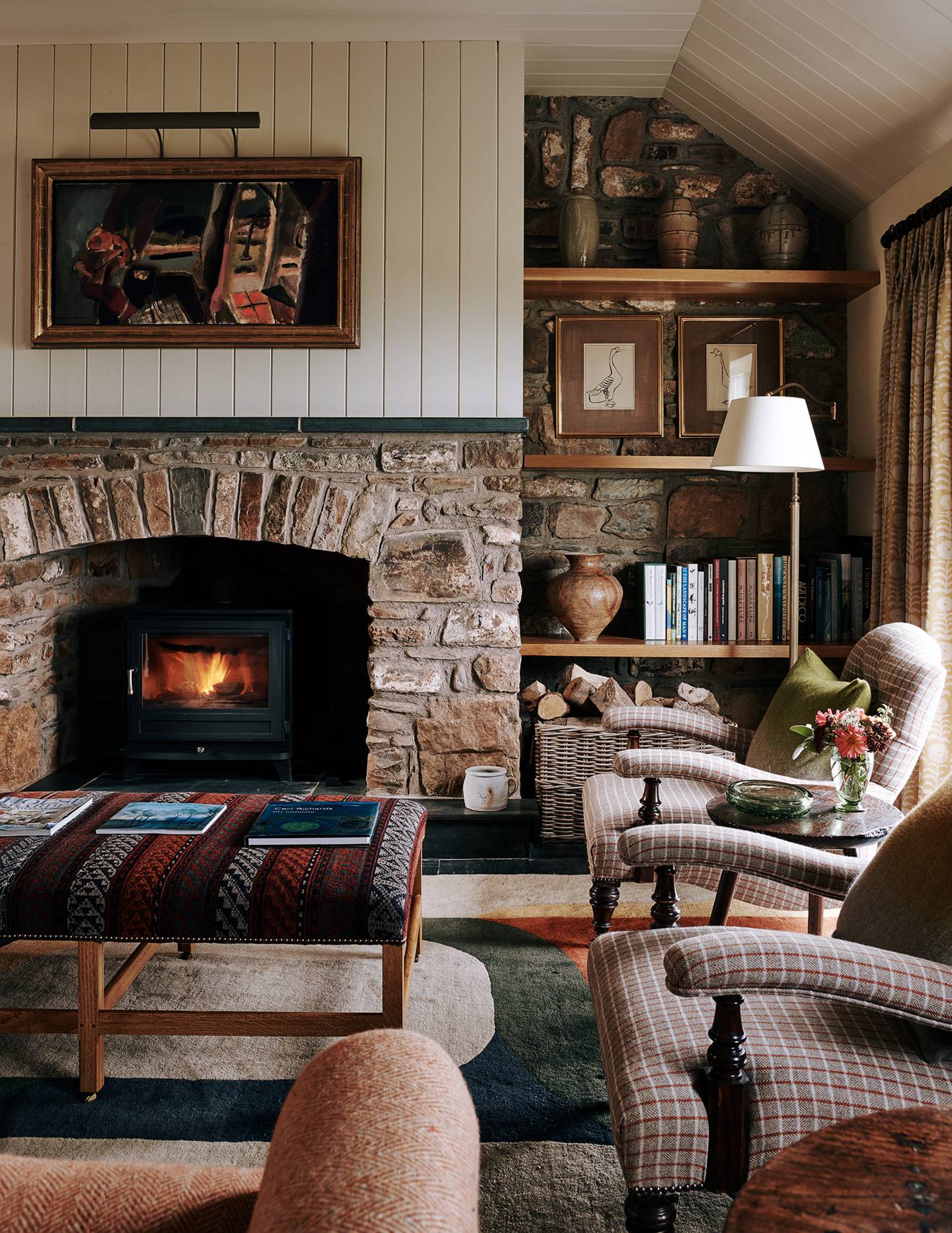
The Historical Evolution of Cottage Interiors
Cottage interiors have a long and rich history, reflecting the changing tastes and lifestyles of different eras. From humble dwellings to cozy retreats, cottage interiors have evolved over time, influenced by various architectural styles, interior design trends, and cultural shifts. In this article, we will explore the historical evolution of cottage interiors, from their early origins to the present day.
The Early Origins of Cottage Interiors

The concept of cottages dates back to medieval times when they were primarily small, low-cost dwellings for peasants and laborers. These early cottages were often constructed using local materials such as timber, stone, and thatch. The interiors were simple and functional, with minimal furnishings and basic amenities.
- Earthen floors and bare walls were common, as plaster and wallpaper were luxuries reserved for the wealthy.
- Furniture was sparse, consisting of basic wooden pieces, such as benches and stools.
- Fireplaces were central to cottage interiors, serving as the main source of warmth and cooking.
As centuries passed, cottages gradually evolved to incorporate new design elements and improvements in living standards.
The Influence of Tudor and Elizabethan Era

The Tudor and Elizabethan era marked a significant shift in cottage interiors. With a growing middle class and increased trade, cottages began to adopt more elaborate designs influenced by the Renaissance and the Elizabethan style.
- Interiors featured decorative wood paneling, known as wainscoting, which added warmth and elegance to the space.
- Tapestries and embroidered textiles adorned the walls, reflecting the increasing availability of decorative fabrics.
- Ornate furniture, often made from oak, became more common, featuring intricate carvings and turned legs.
During this period, fireplaces remained a central feature but became more elaborate, with decorative mantels and chimney pieces. The cottage interiors of this era were a blend of functional simplicity and decorative opulence.
The Romantic Cottage Style of the 19th Century

The 19th century brought a renewed interest in rural life and a romanticized view of cottage living. This period saw the rise of the Romantic Cottage style, characterized by its cozy and nostalgic aesthetic.
- Wallpapers became more accessible, featuring pastoral scenes, floral motifs, and intricate patterns.
- Soft, muted colors such as pale blues, pinks, and greens were favored, creating a serene and welcoming atmosphere.
- Floral patterns were prominent in textiles, upholstery, and curtains, adding a touch of nature indoors.
Ornate furniture gave way to more comfortable and practical pieces, with overstuffed chairs and sofas becoming popular. The Romantic Cottage style focused on creating a warm and inviting environment, idealizing the simplicity and charm of rural life.
The Arts and Crafts Movement

In the late 19th and early 20th centuries, the Arts and Crafts movement emerged as a response to industrialization and mass production. This movement celebrated traditional craftsmanship and sought to bring quality and beauty back into everyday objects, including cottage interiors.
- Cottage interiors influenced by the Arts and Crafts movement featured handcrafted furniture, often made from natural materials such as wood and leather.
- Simple, clean lines and functional designs characterized this style, emphasizing the beauty of natural materials.
- Colors were earthy and muted, inspired by the natural landscape.
Fireplaces remained a focal point, but now with handmade tiles and intricately designed surrounds. The Arts and Crafts movement aimed to create harmonious and well-crafted interiors, promoting a return to traditional craftsmanship and a connection with nature.
The Modern Cottage Interior

Today, cottage interiors continue to evolve, blending elements of the past with contemporary design influences. The modern cottage interior embraces comfort, functionality, and a sense of personal style.
- Neutral color palettes, such as whites, grays, and beiges, create a light and airy feel.
- Eclectic furniture choices allow for individual expression, mixing vintage and modern pieces.
- Natural materials like wood, stone, and rattan are still popular, adding warmth and texture.
Modern cottage interiors often feature open floor plans, maximizing space and natural light. Technology integration, such as smart home devices and entertainment systems, has also become more common, bringing modern convenience to the traditional cottage setting.
Summary
Cottage interiors have come a long way from their humble beginnings. From simple and functional spaces to romanticized retreats, cottage interiors have been shaped by historical and cultural influences throughout the centuries. Whether it's the opulence of the Tudor era, the nostalgia of the Romantic Cottage style, or the craftsmanship of the Arts and Crafts movement, each period has left its mark on the evolution of cottage interiors. Today, modern cottage interiors continue to combine the best of the past with contemporary design sensibilities, creating comfortable and inviting spaces that reflect our ever-changing lifestyles.